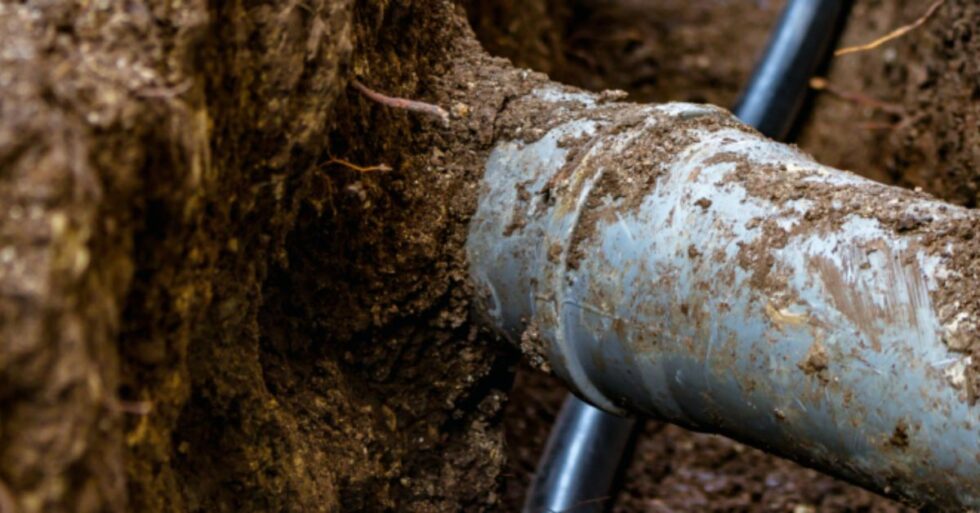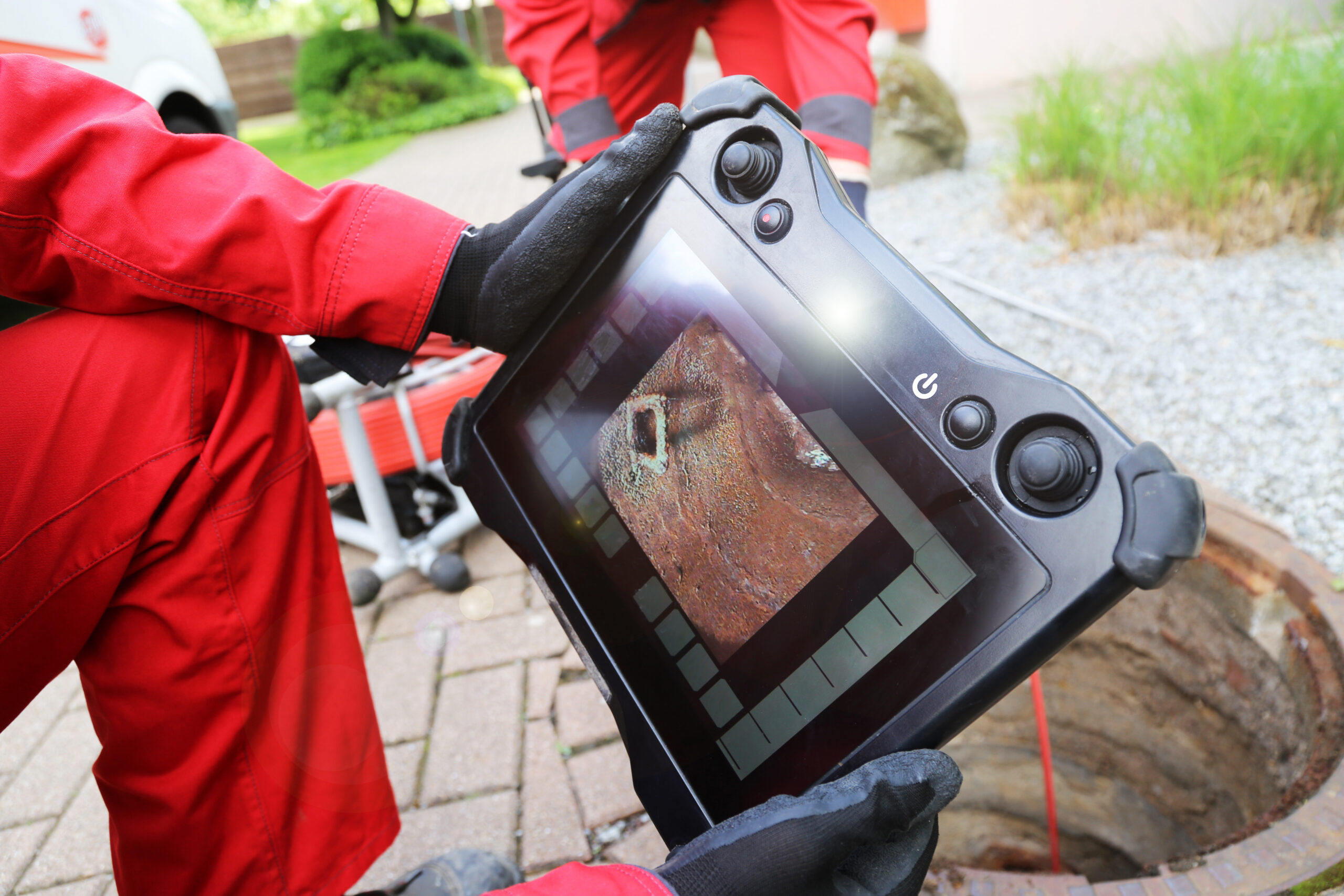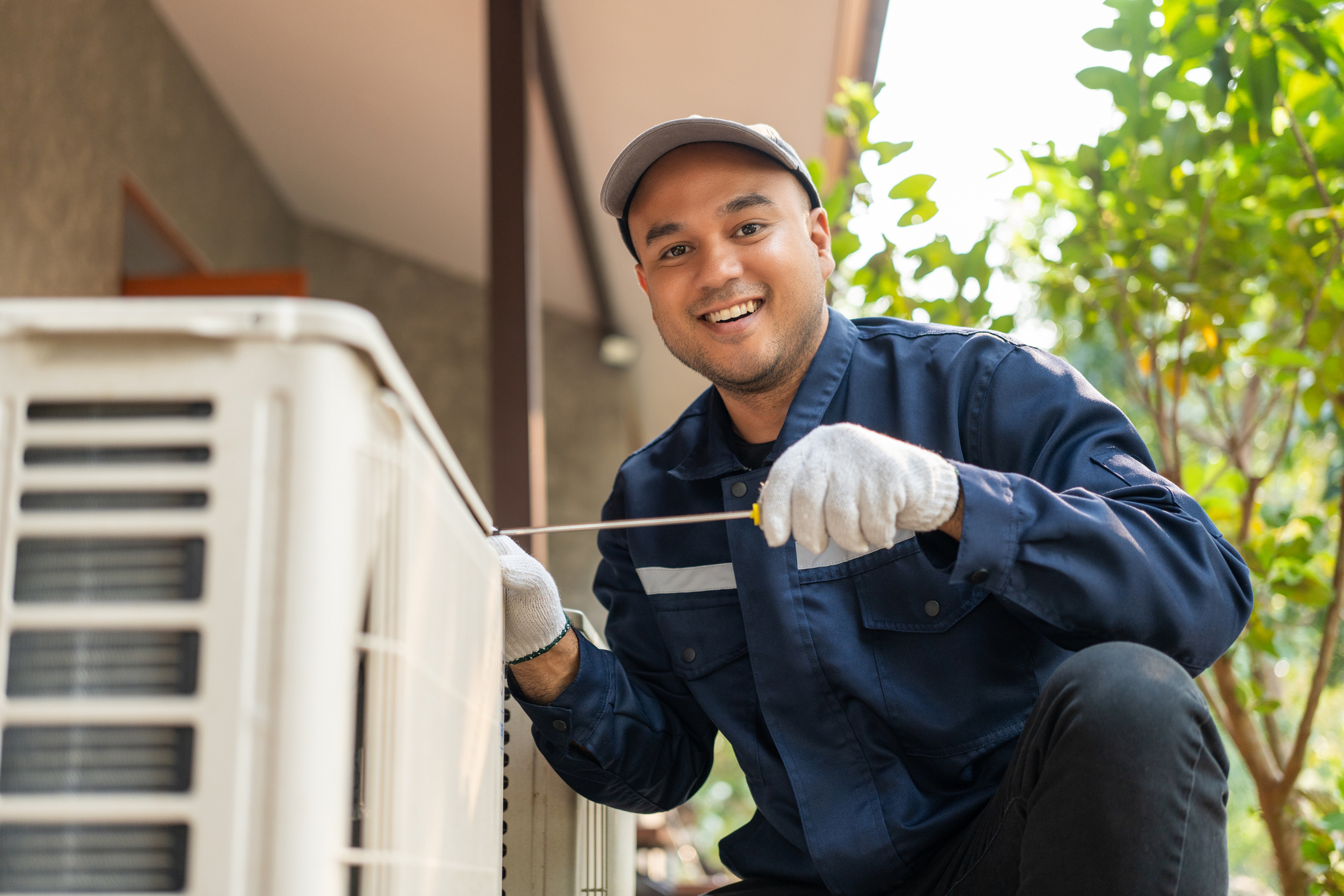
Navigating sewer line issues is a daunting task for many homeowners. The intricacies of sewer line repair and replacement, coupled with the associated costs, often leave people overwhelmed. This guide delves into the various aspects of sewer line maintenance, emphasizing the cost factors, the differences between trenchless and conventional replacement methods, and the reasons behind the high expenses of these repairs.
Whether you’re facing urgent sewer line replacement from your house to the street or simply seeking insights into the process, this guide aims to enlighten you with pertinent information and help demystify the complexities involved.
Understanding Sewer Line Replacement and Repair
- Sewer Line Replacement vs. Repair: Understanding the distinction between replacement and repair is crucial. Replacement involves completely removing the old line and installing a new one, which is often necessary when the damage is extensive or the system is old. Repair, on the other hand, addresses specific problem areas within the sewer line and is a viable option for localized issues.
- Types of Sewer Line Issues: Common problems that affect sewer lines include blockages caused by the accumulation of debris, tree root intrusion that can fracture or clog pipes, and pipe corrosion, which is typical in older metal pipes. Identifying the nature of the problem is the first step towards effective repair or replacement.
- Sewer Pipe Repair Methods: For minor damages, methods like pipe patching, where a section of the pipe is repaired using a patch, or pipe relining, where a new pipe lining is inserted into the existing pipe, can be effective. These methods are less invasive and more cost-effective than complete replacement.
Cost Factors in Sewer Line Replacement
- Main Sewer Line Replacement Cost: The cost of replacing a main sewer line can vary greatly depending on factors such as the length of the line, the method of replacement, and geographical location. Homeowners can expect a range from a few thousand dollars for simple replacements to tens of thousands for more complex situations.
- Trenchless Sewer Line Replacement Cost: Trenchless methods, which include pipe bursting and pipe lining, are often more expensive upfront than traditional methods. However, they offer the advantage of less yard damage, quicker completion, and longer-lasting results, which can be more cost-effective in the long run.
- Sewer Line from House to Street Replacement Costs: The segment of the sewer line that runs from the house to the street is often the homeowner’s responsibility. The cost to replace this section is influenced by the distance to the street, the presence of landscaping or hardscaping, and local regulations.
- Why Sewer Line Replacement Is Expensive: Several factors contribute to the high cost of sewer line replacement. Labor is a significant part of the expense, as these jobs are labor-intensive and often require skilled workers. The cost of materials, especially for high-quality pipes that resist corrosion and wear, also adds to the overall expense. Additionally, the use of specialized equipment for trenchless methods or excavation can drive up costs.
Options for Sewer Line Replacement
- Traditional vs. Trenchless Methods: Traditional sewer line replacement involves excavating the old pipe and installing a new one. This method is disruptive to landscaping but can be more affordable. Trenchless methods, like pipe lining or pipe bursting, involve creating only small access points to repair or replace the sewer line. These methods are less disruptive but generally more costly.
- Sewer Line Installation Techniques: It’s crucial for homeowners to understand the different installation techniques available. Traditional excavation requires digging a trench along the entire length of the pipe, which can be destructive to yards and driveways. Trenchless techniques, on the other hand, involve minimal excavation, preserving the landscaping and reducing the restoration work post-repair.
- Sewer Replacement Innovations: Advances in sewer replacement technology have introduced methods like CCTV pipe inspections, which allow for precise diagnosis of problems without excavation. Additionally, new materials like PVC or cured-in-place pipe (CIPP) liners offer longer lifespans and resistance to common issues like root intrusion and corrosion.
Preparing for Sewer Line Replacement
- Choosing the Right Service Provider: When selecting a contractor, consider factors such as their experience, reputation, licensing, and the technology they use. Obtain multiple quotes and ask for references to ensure you’re choosing a reliable service provider.
- Replacement Process Expectations: The time frame for sewer line replacement can vary, ranging from a day for trenchless repairs to a week or more for traditional replacements. Homeowners should prepare for the disruption and plan accordingly.
- Long-Term Maintenance Tips: After a repair or replacement, regular maintenance is key. This includes avoiding flushing inappropriate items down the drain, having regular inspections, and considering preventive measures like root barriers if trees are nearby.
Conclusion:
Understanding the nuances of sewer line replacement and repair, from the costs involved to the methods used, empowers homeowners to make informed decisions. Whether opting for a trenchless sewer line replacement or traditional repair, being well-informed about the process and expenses is critical. Investing in quality repair or replacement not only resolves immediate issues but also mitigates future complications, ultimately saving more significant expenses and inconvenience in the long run.








